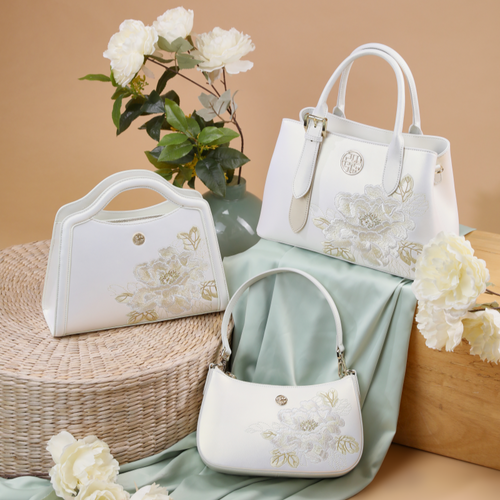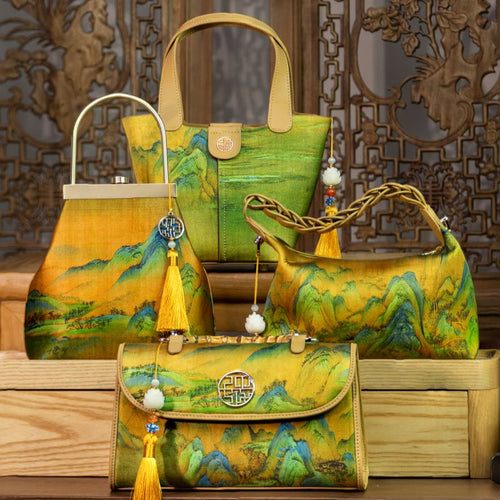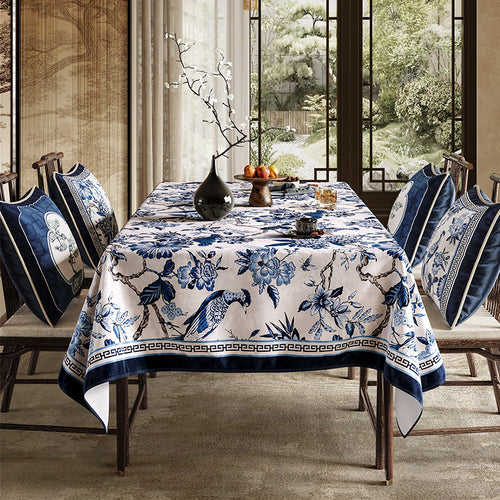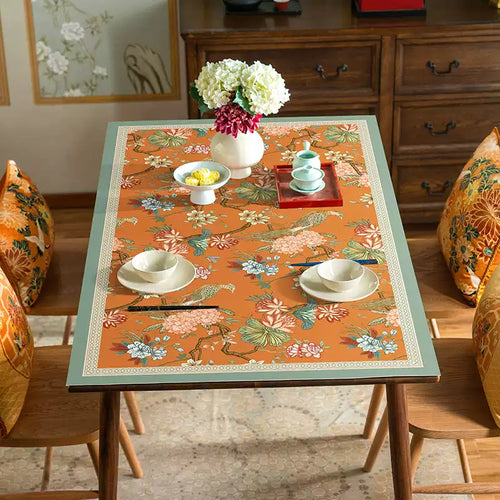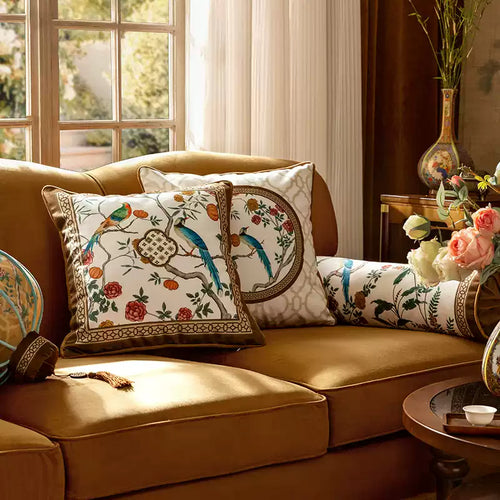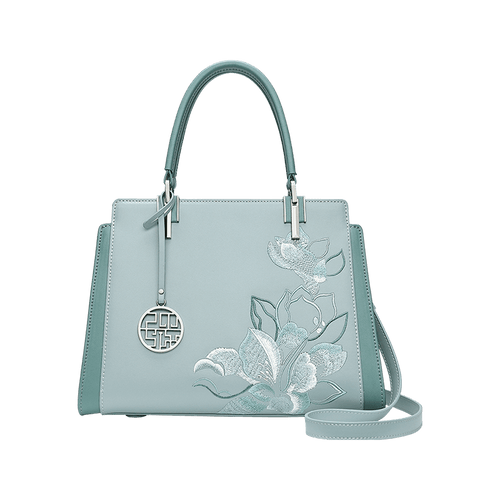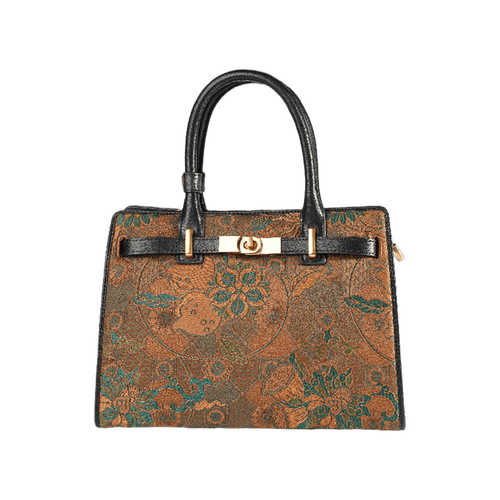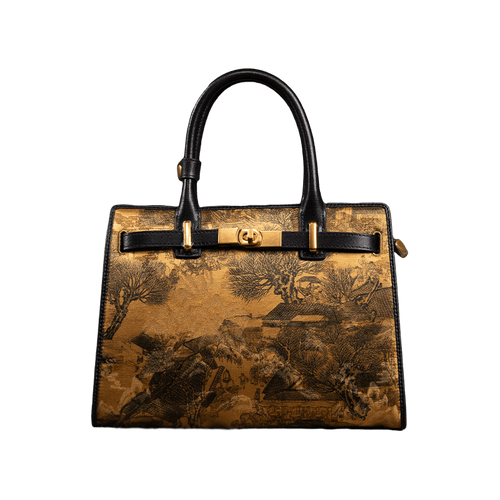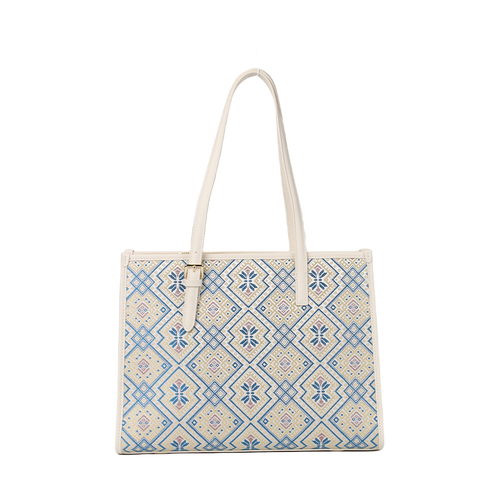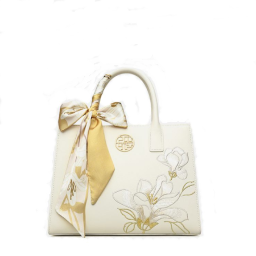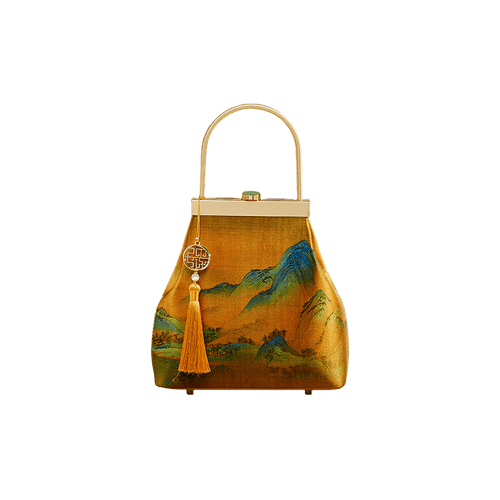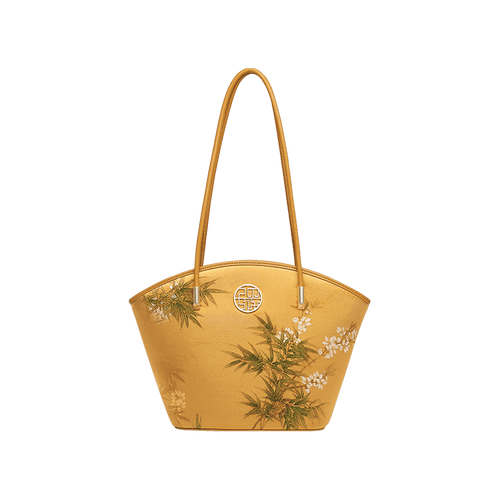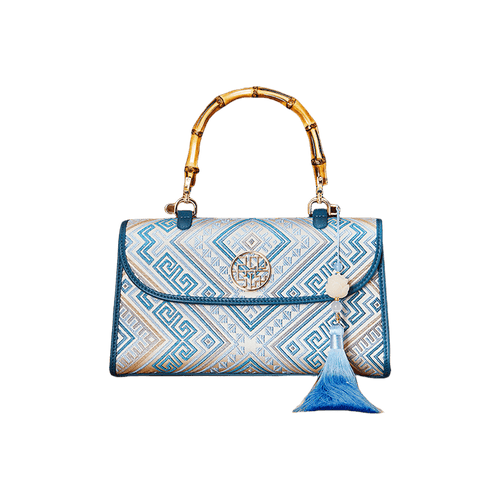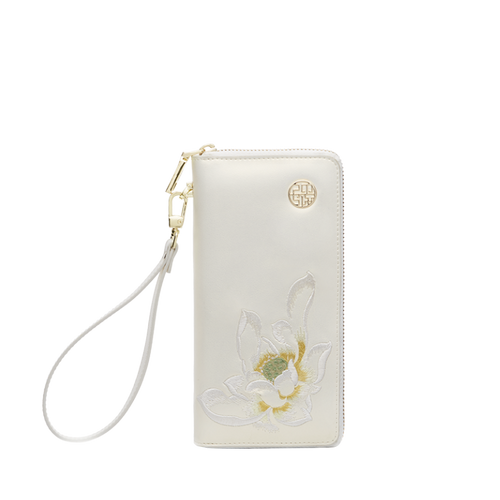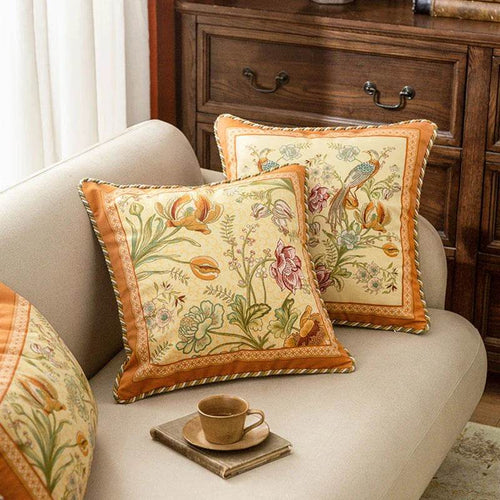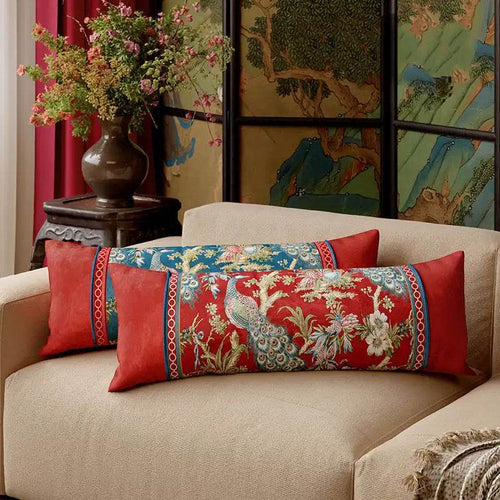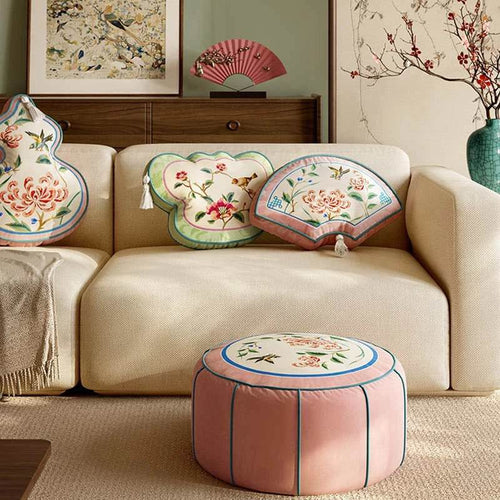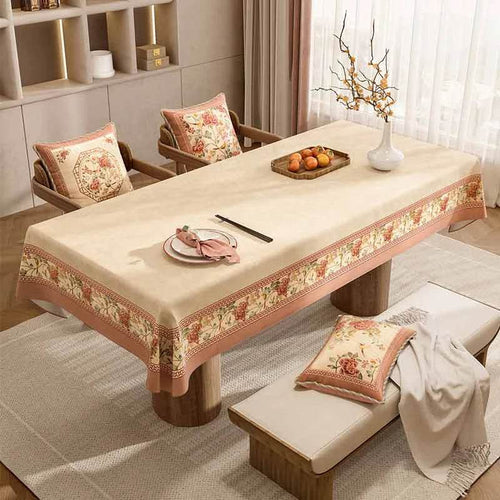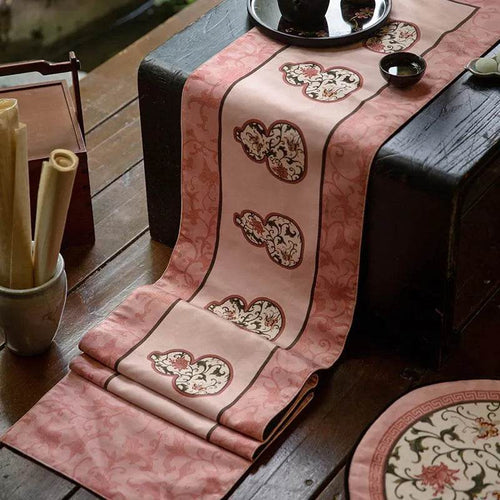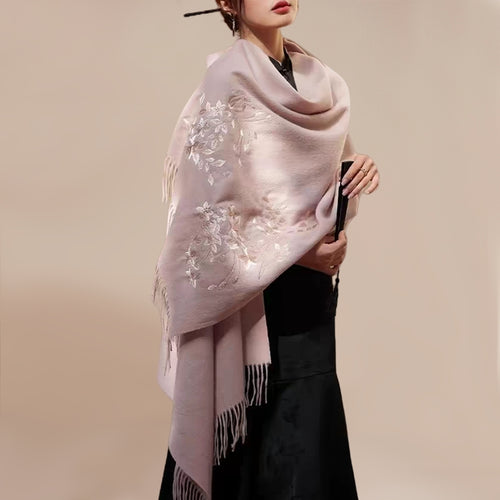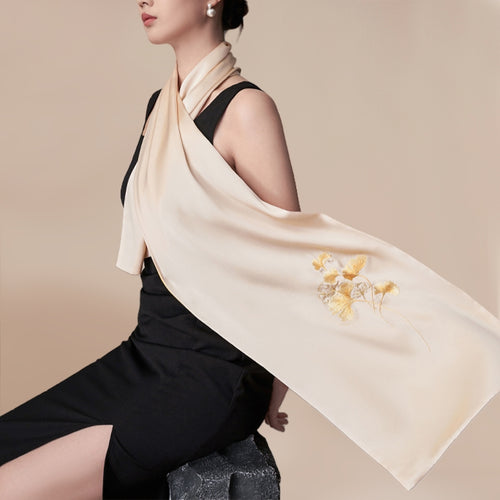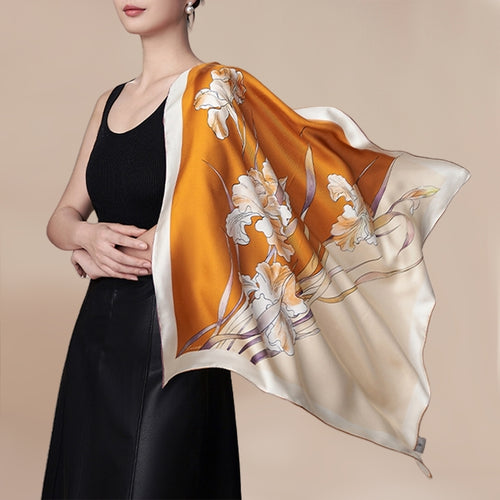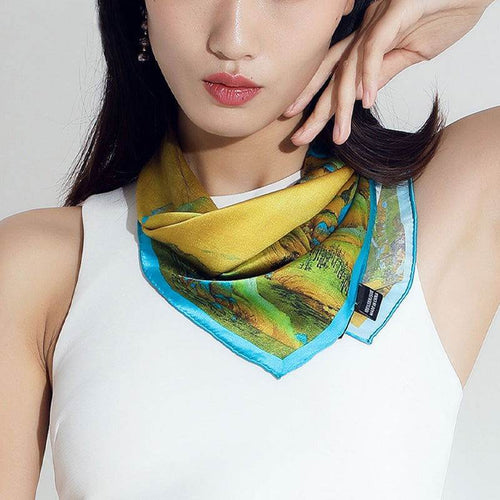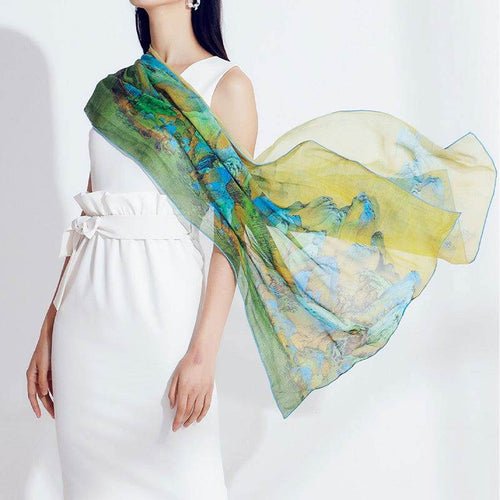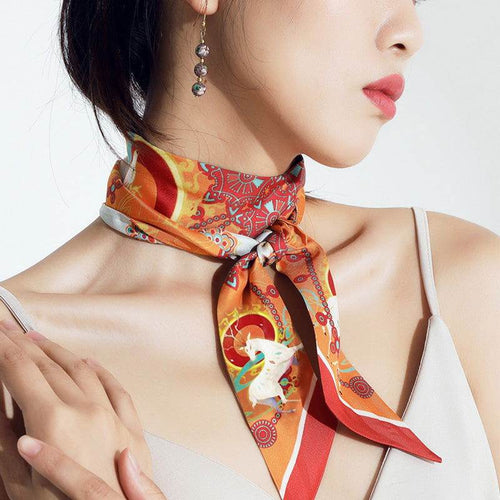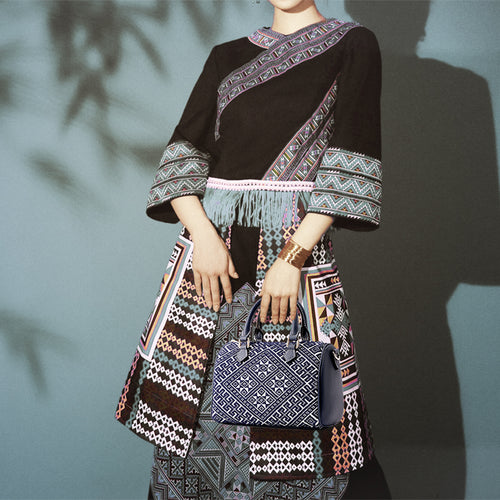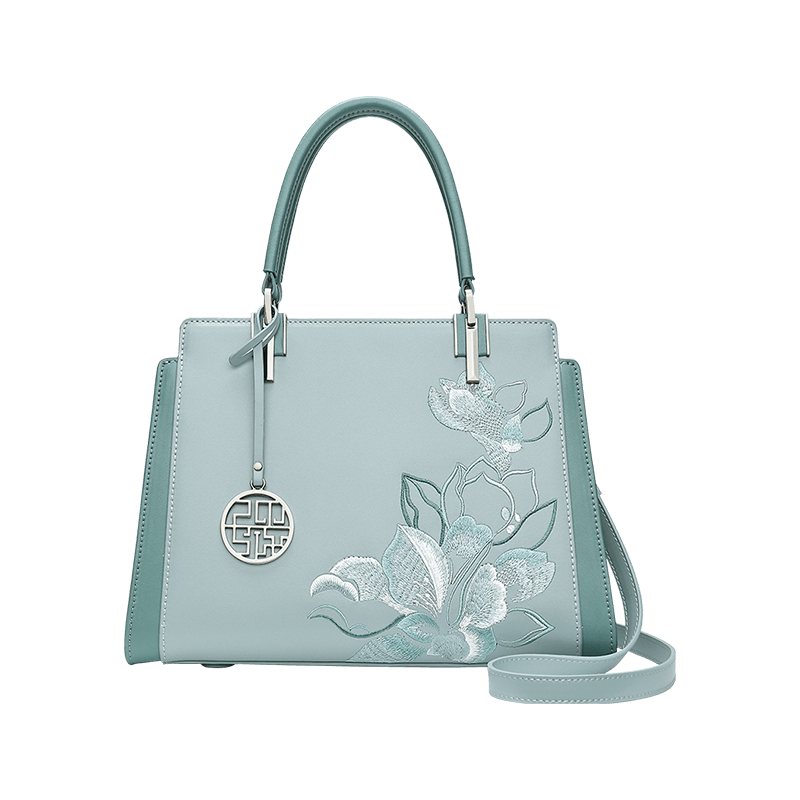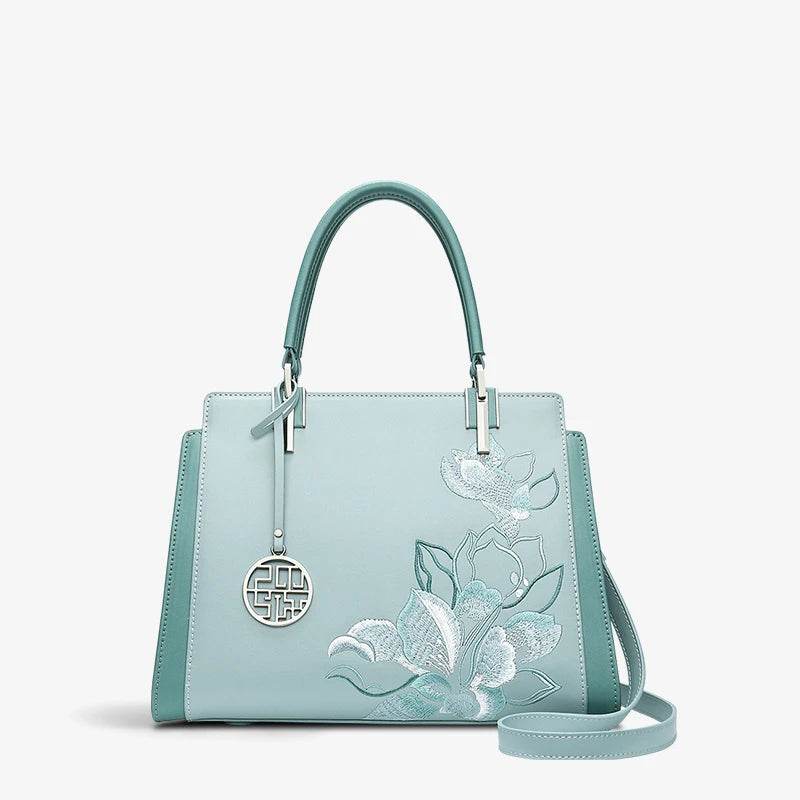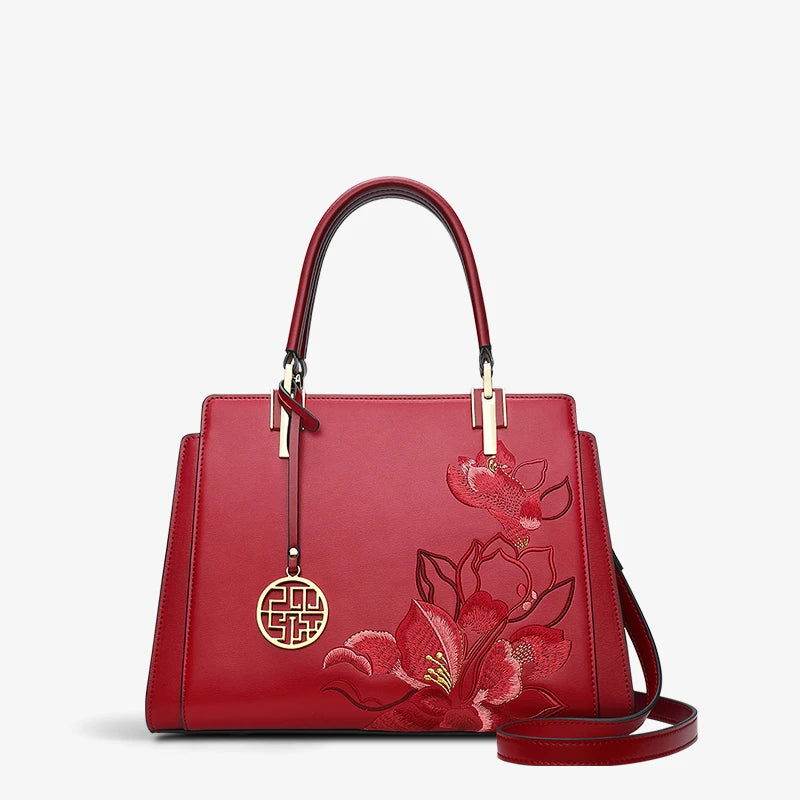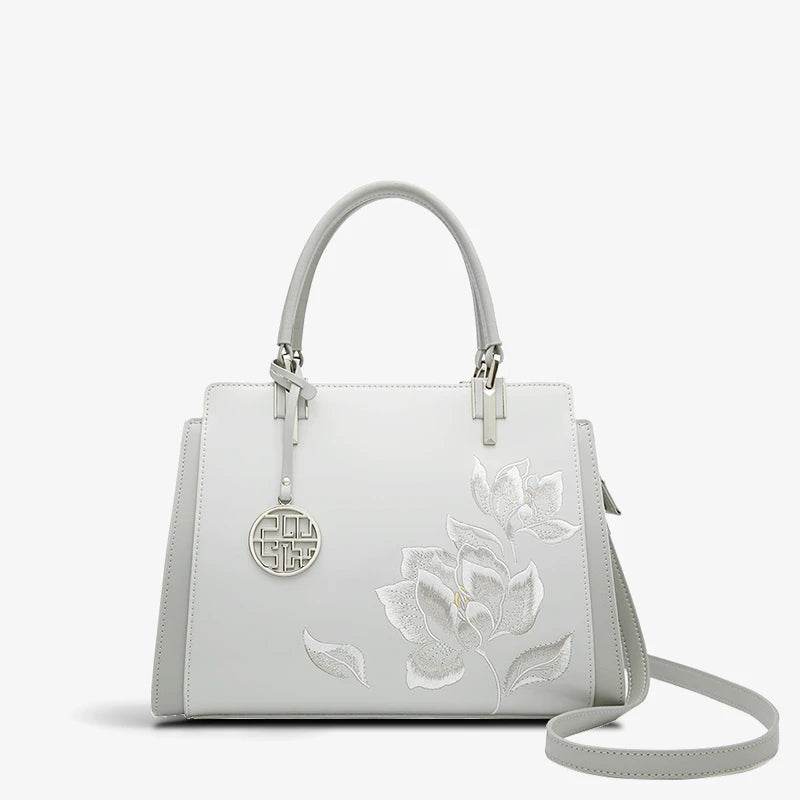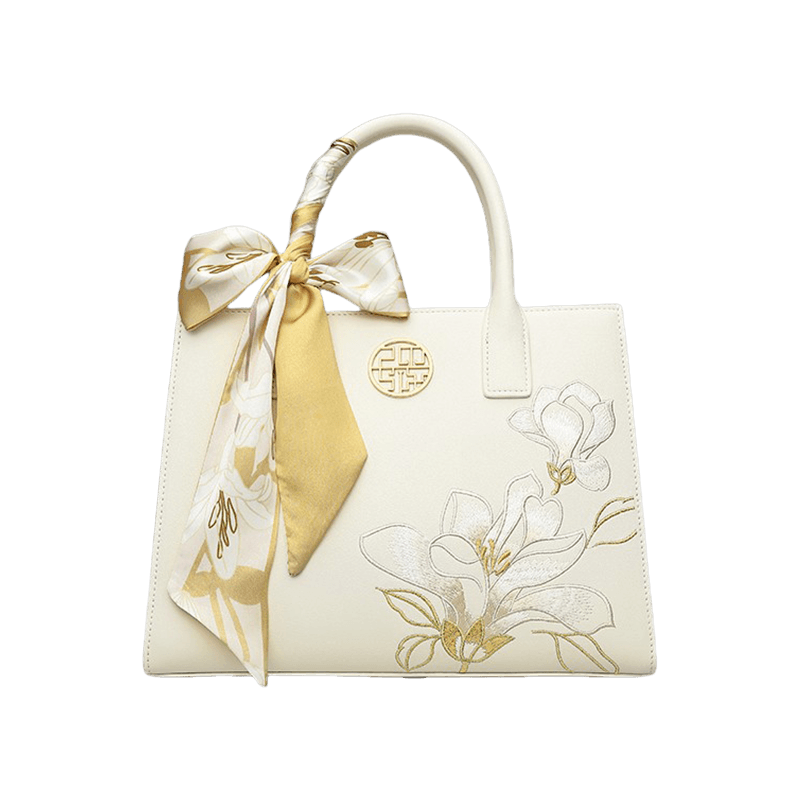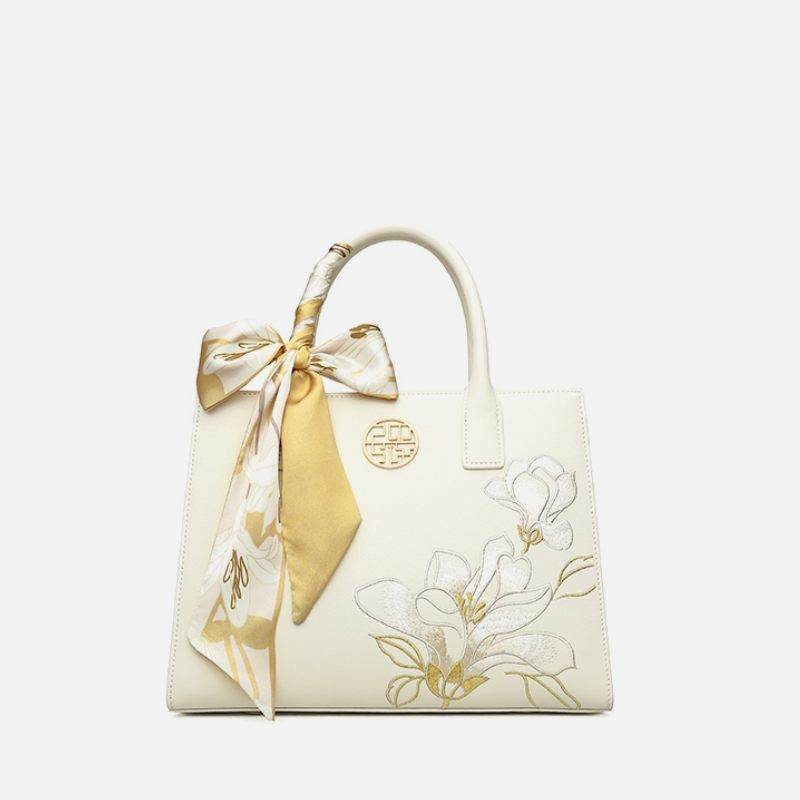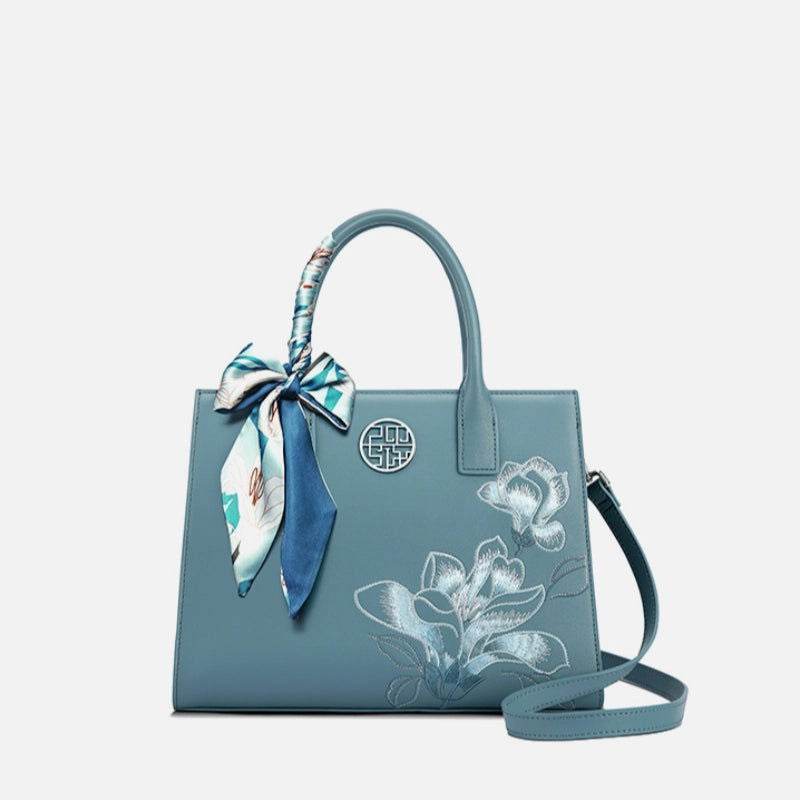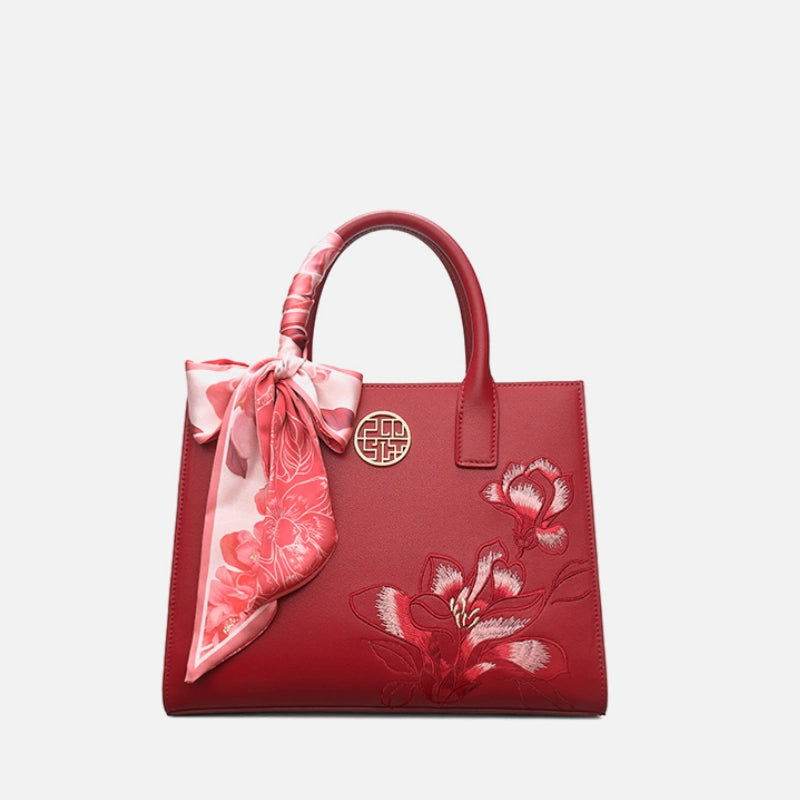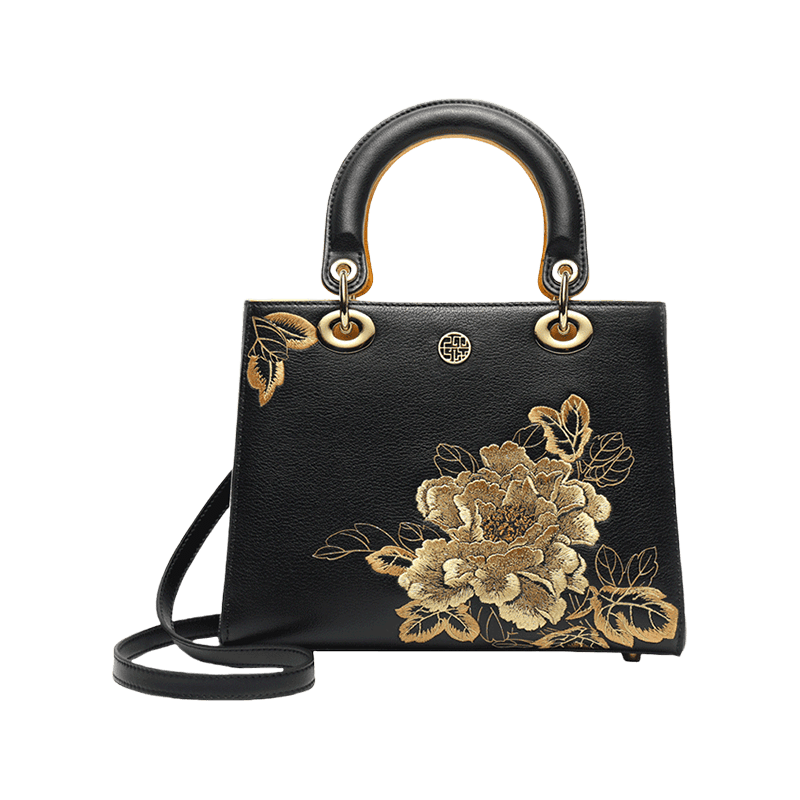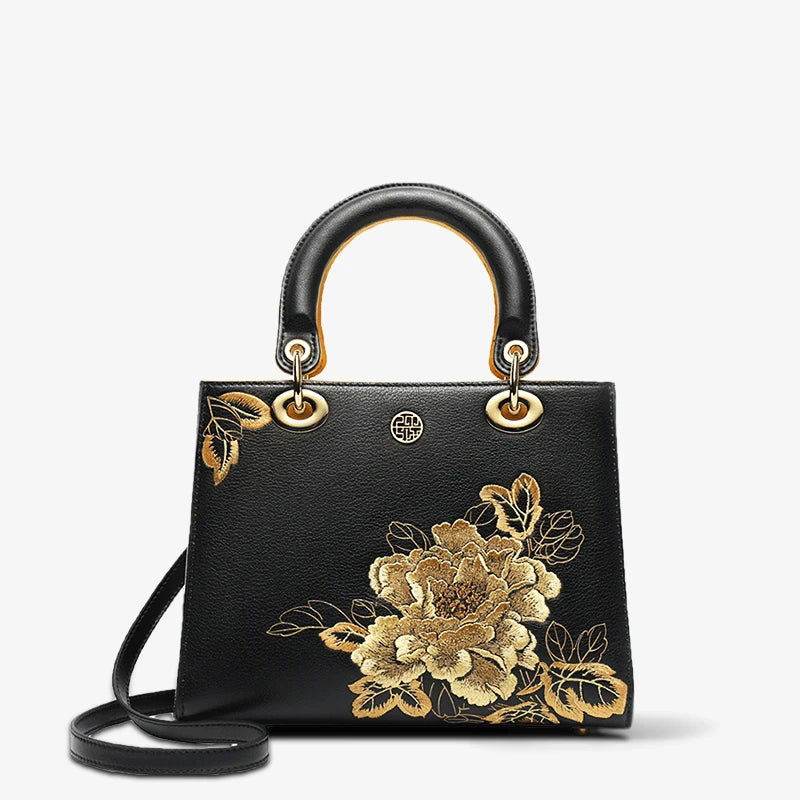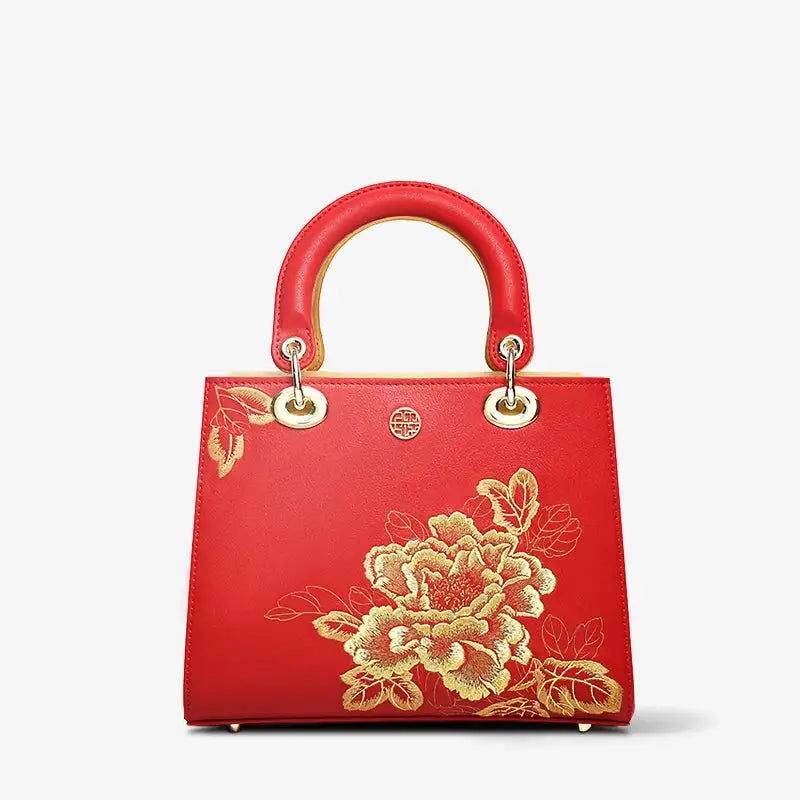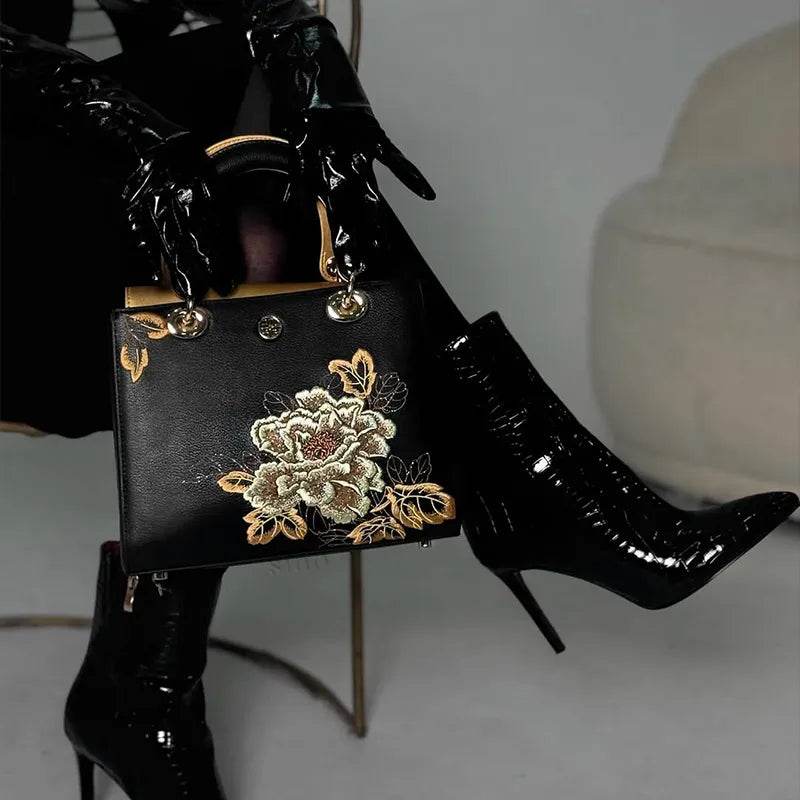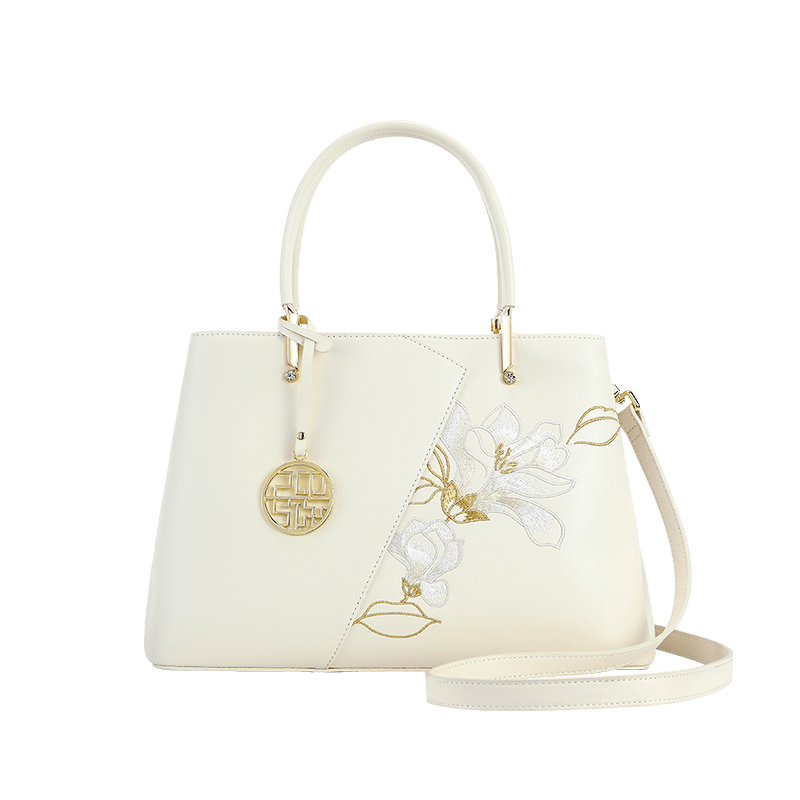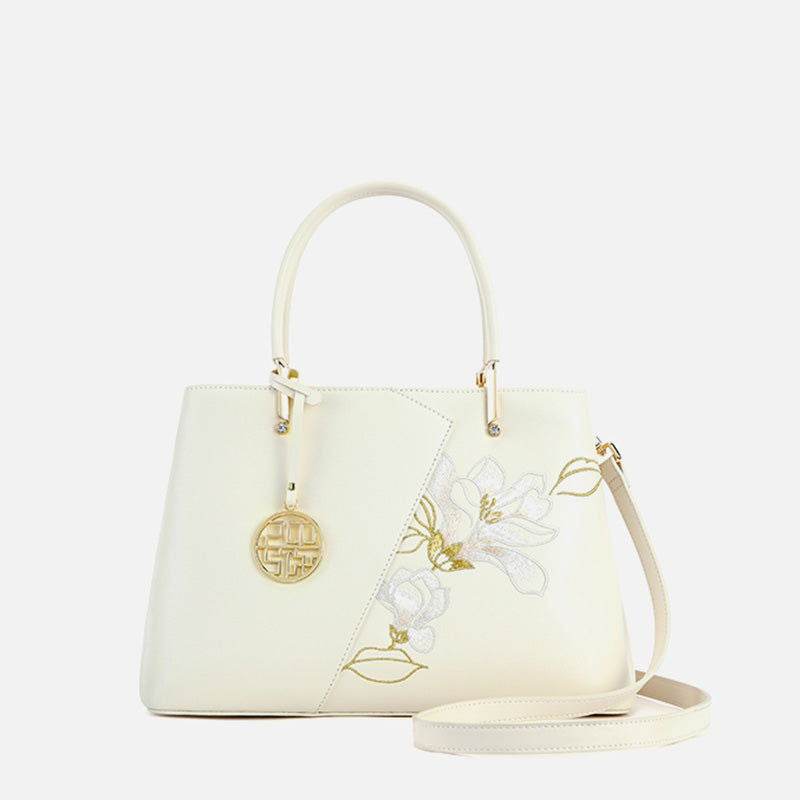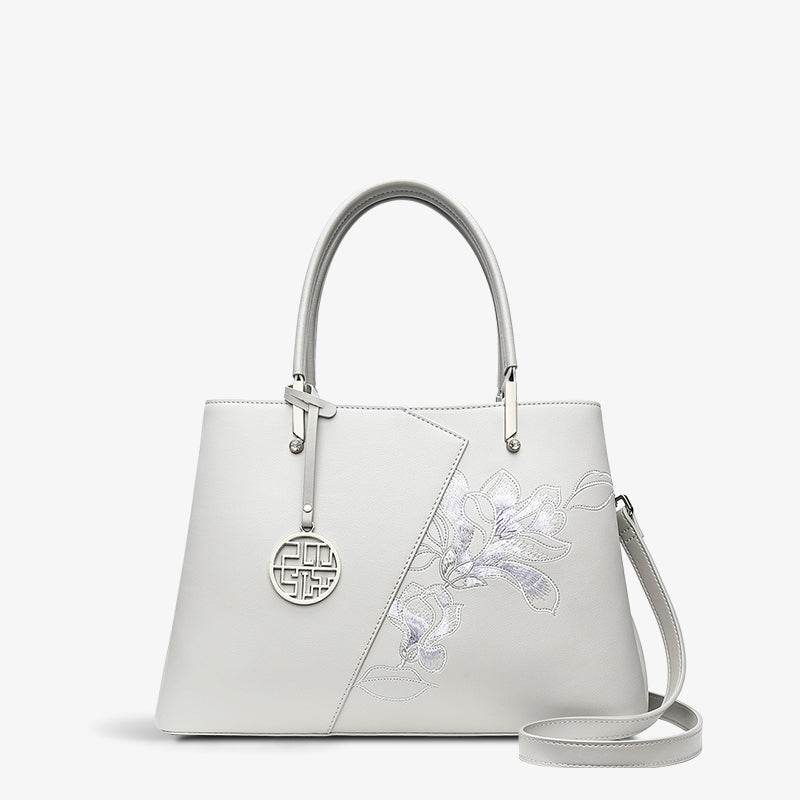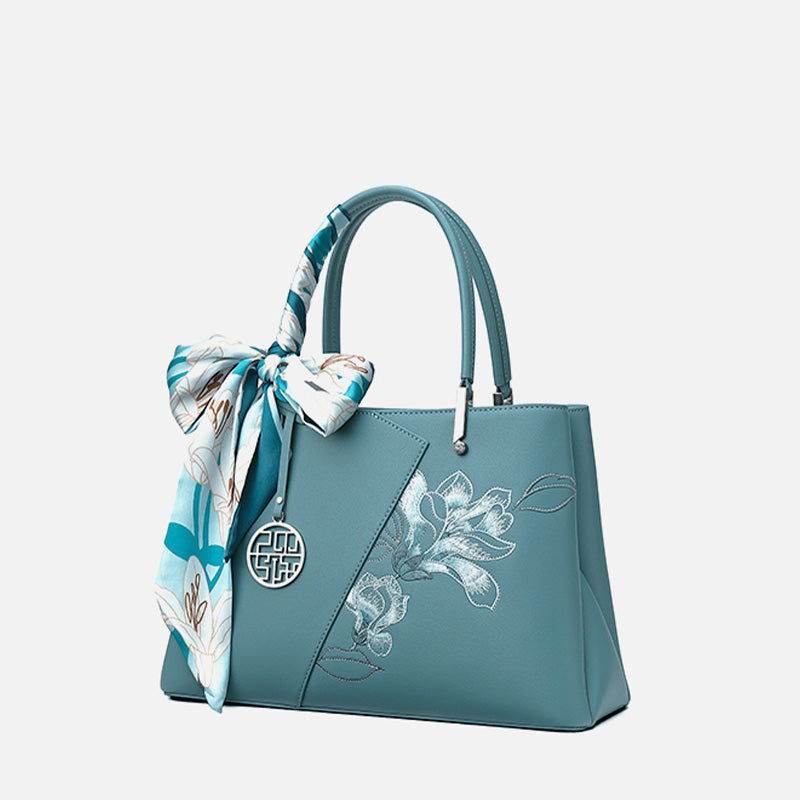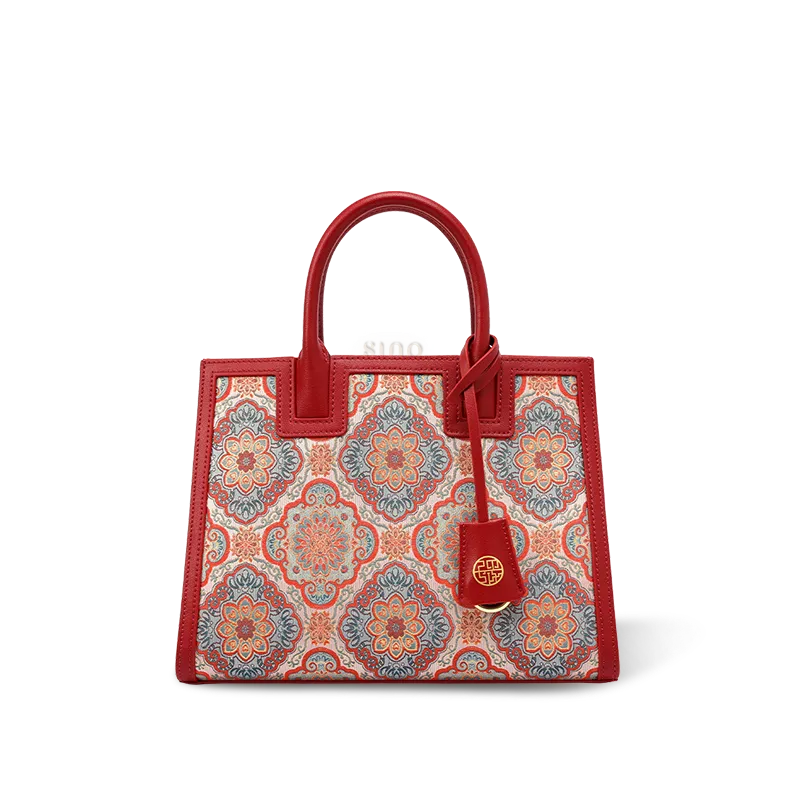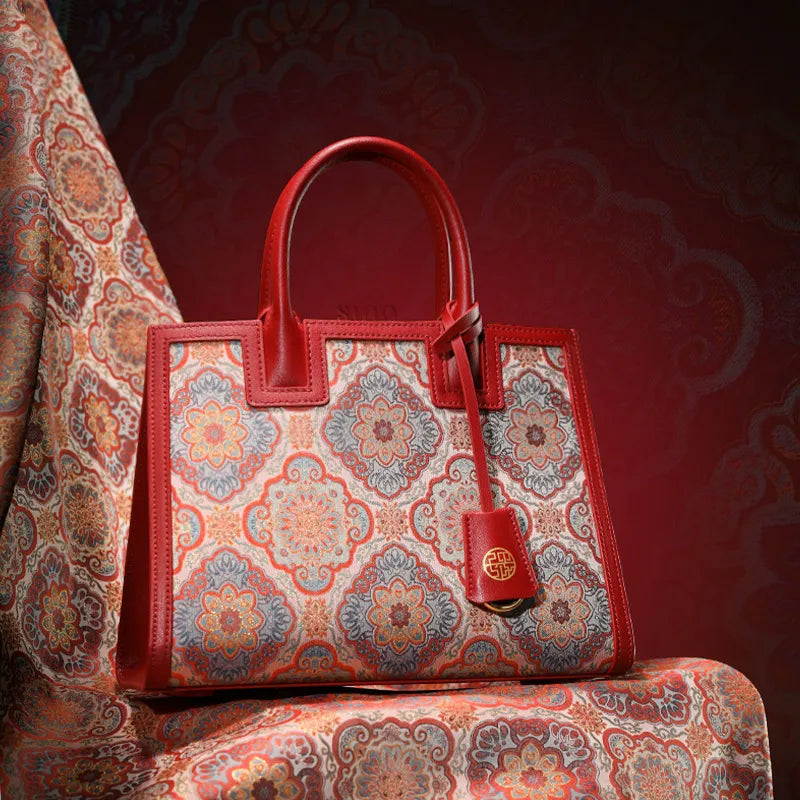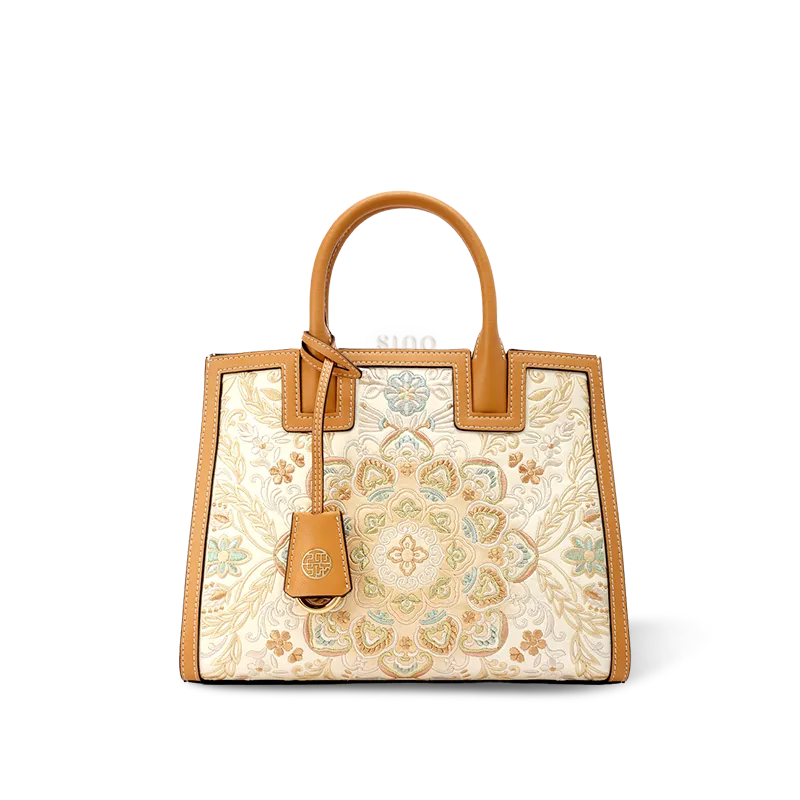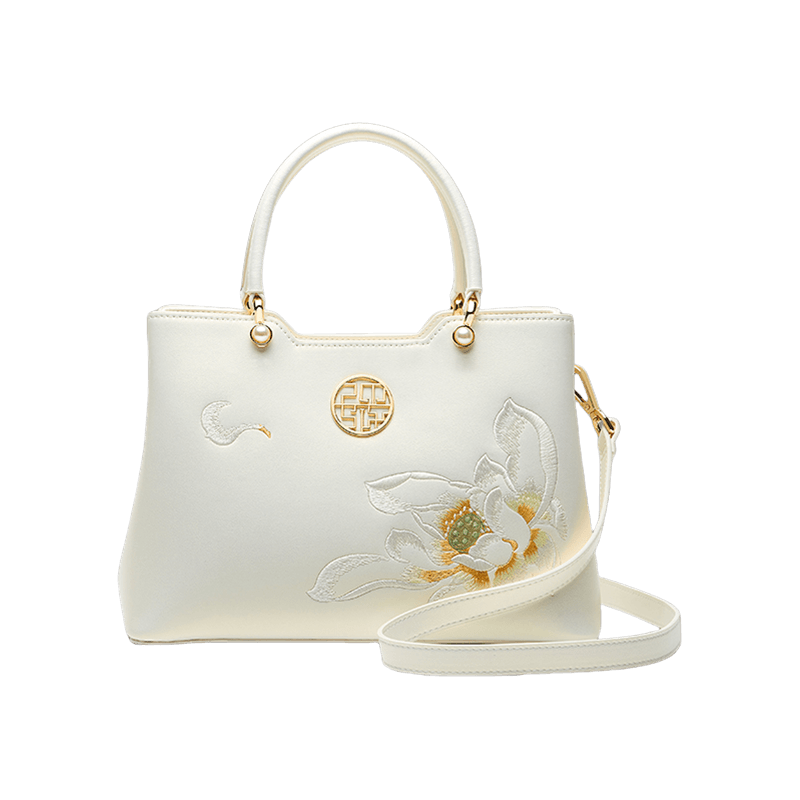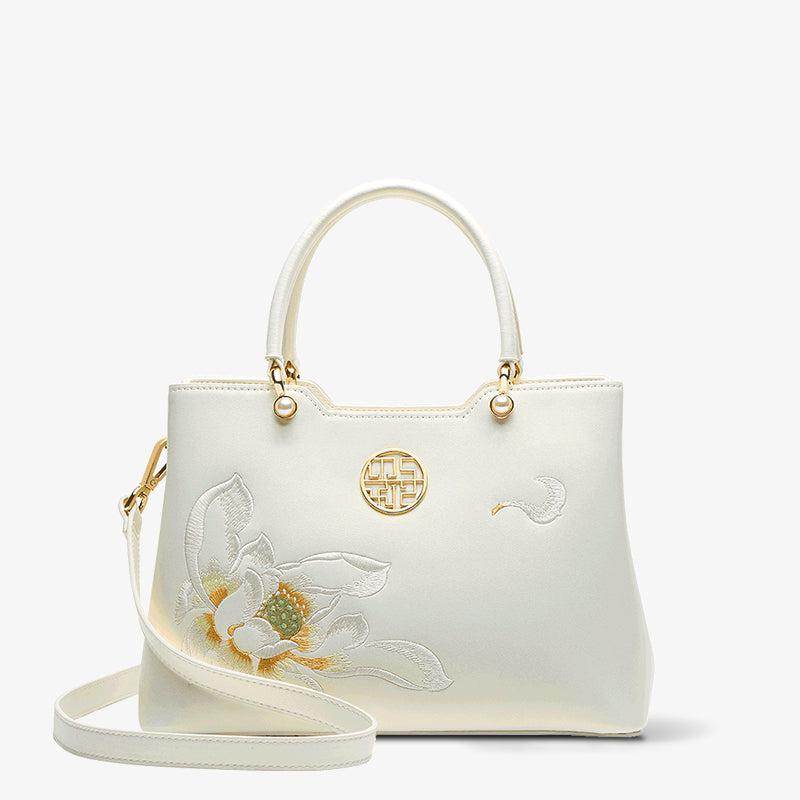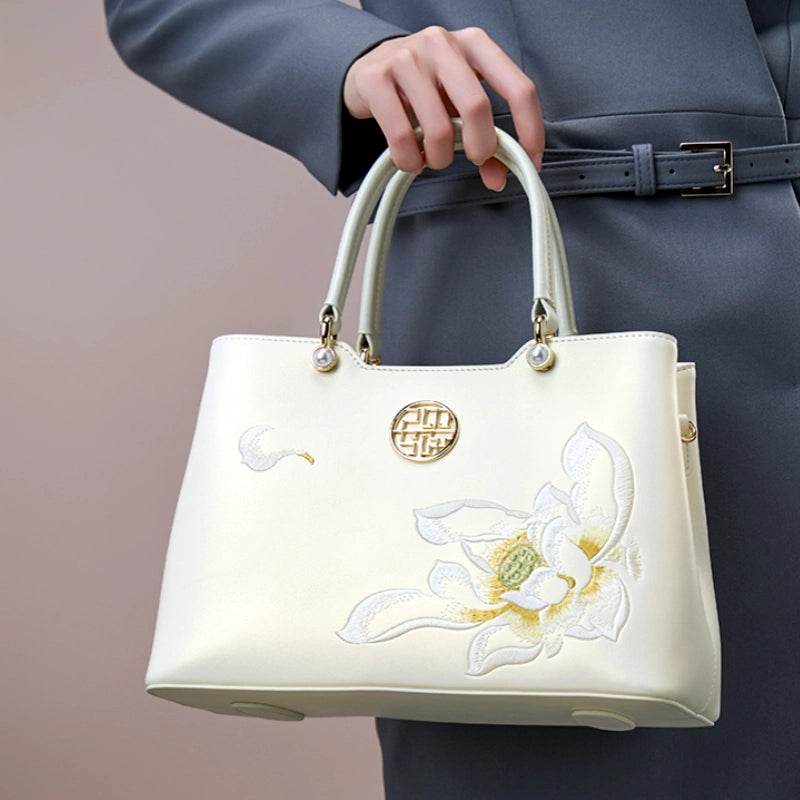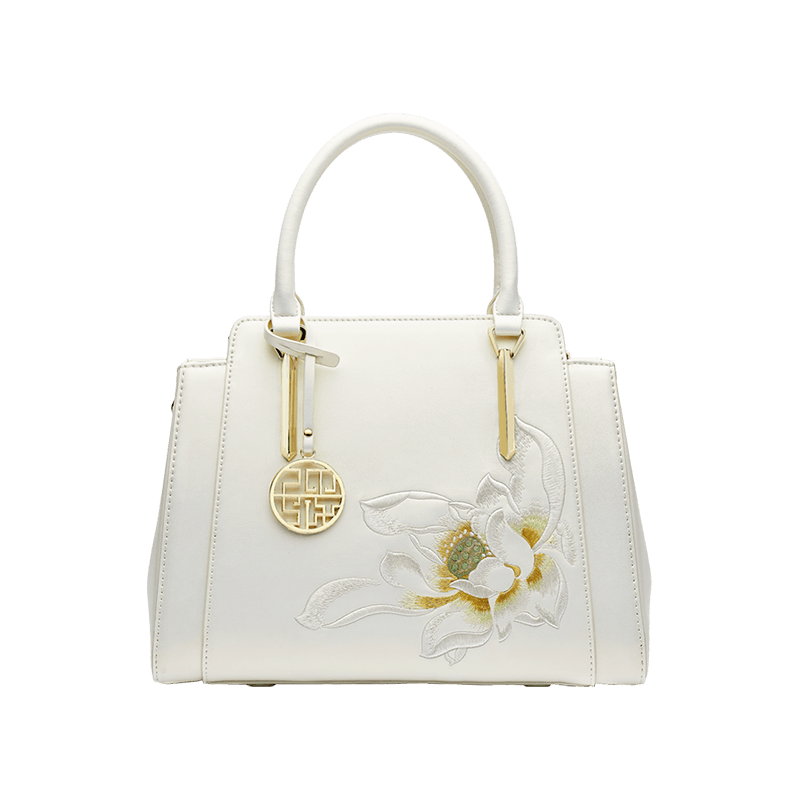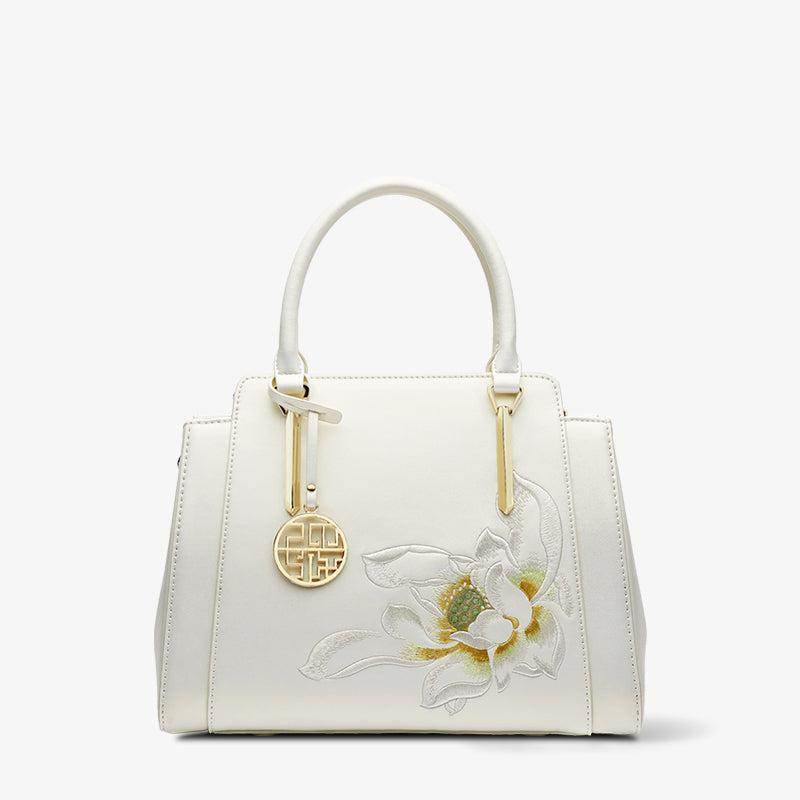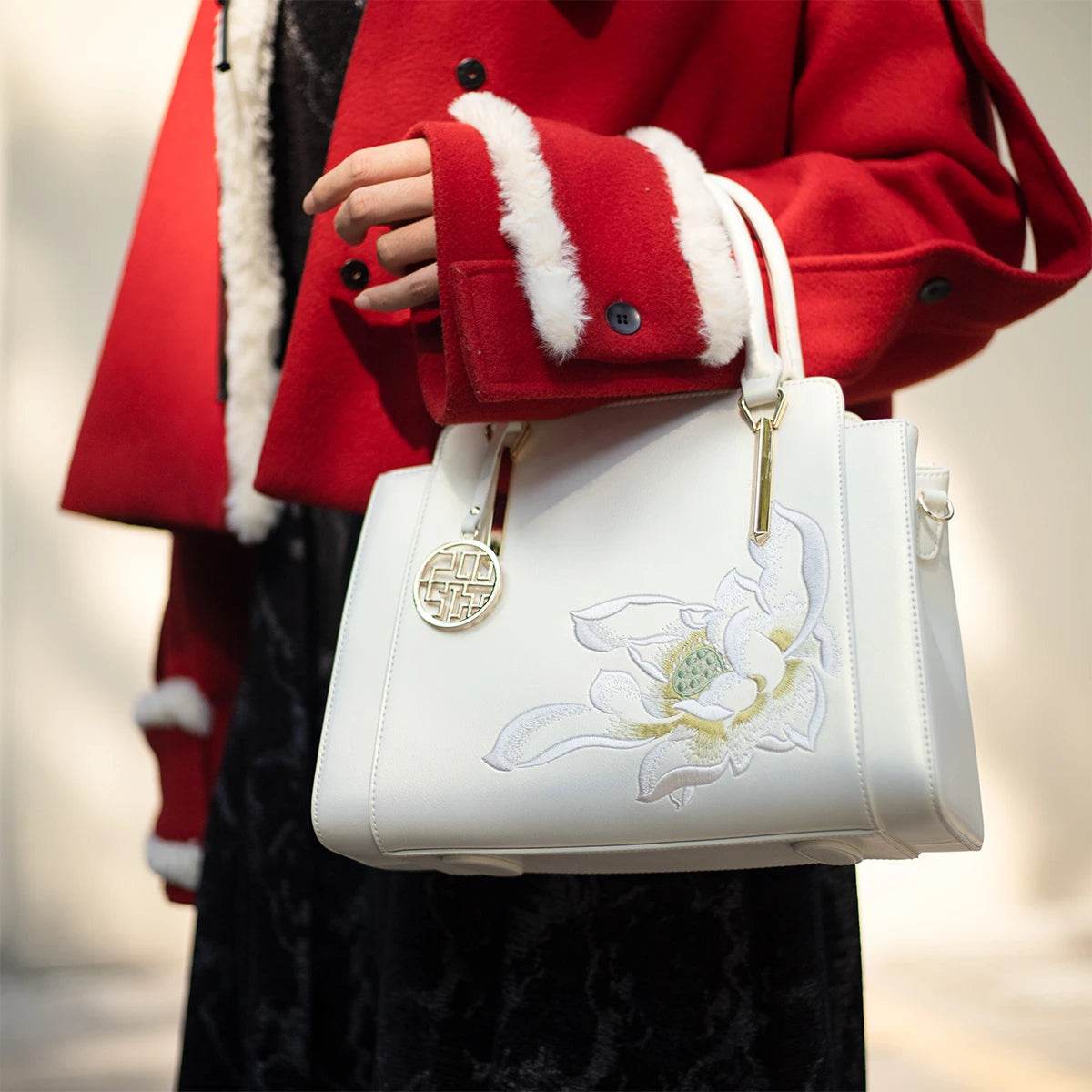Embroidery is one of China's ancient handicraft traditions, and the Chinese art of hand embroidery boasts a long and illustrious history.
Shang and Zhou Dynasties(approximately 1600 BCE to 256 BCE)——Origins of Fiber
The origins of Chinese embroidery date back to the early Neolithic period, with the earliest evidence found in the Xinjiang region. In ancient times, embroidery was primarily used for adornment in clothing, rituals, and religious ceremonies.

Wei-Jin, Northern and Southern Dynasties to Sui and Tang Dynasties (220 - 907 AD)——Blossoming of Techniques
This period witnessed the gradual development of embroidery techniques. Various styles, such as Wei-Jin and Northern and Southern Dynasties styles, emerged, reaching their zenith during the Tang Dynasty (618 - 907 AD). Embroidery was extensively applied to clothing decoration, exhibiting exquisite craftsmanship and vibrant colors. Tang Dynasty literature and poetry reflected the prominence of embroidery.

Song, Yuan, Ming, and Qing Dynasties (960 - 1644 AD)——Silk Road Spectrum
This era marked the flourishing period of embroidery. Techniques became more sophisticated, and distinct regional styles, such as Su embroidery, Xiang embroidery, and Shu embroidery, emerged. Embroidery expanded its applications beyond the court and religious settings, becoming prevalent in daily life, household items, and art.

Su embroidery
Originating from Suzhou, has been documented since the Three Kingdoms period and underwent continuous development through the changing dynasties, reaching its peak during the Qing Dynasty. Early Suzhou embroidery was characterized by incredibly fine embroidery needles, hair-like threads in various colors, and exquisitely harmonized color schemes in the embroidered patterns. Coupled with the skilled craftsmanship of the embroiderers, it became highly cherished. In the Ming and Qing dynasties, advancements in techniques led to the formation of a distinctive style in needlework, color usage, and patterns. The art transformed into a painting with needles, showcasing artistry on the tip of a needle. During the Qing Dynasty, "double-sided embroidery" gained renown across various factions.

Shu embroidery
In the early 20th century, with modernization, traditional embroidery faced challenges. However, amidst cultural and artistic revivals, embroidery gained renewed appreciation. Contemporary embroidery not only preserves traditional techniques but also incorporates modern artistic elements, becoming a vital expression of cultural heritage and innovation.

